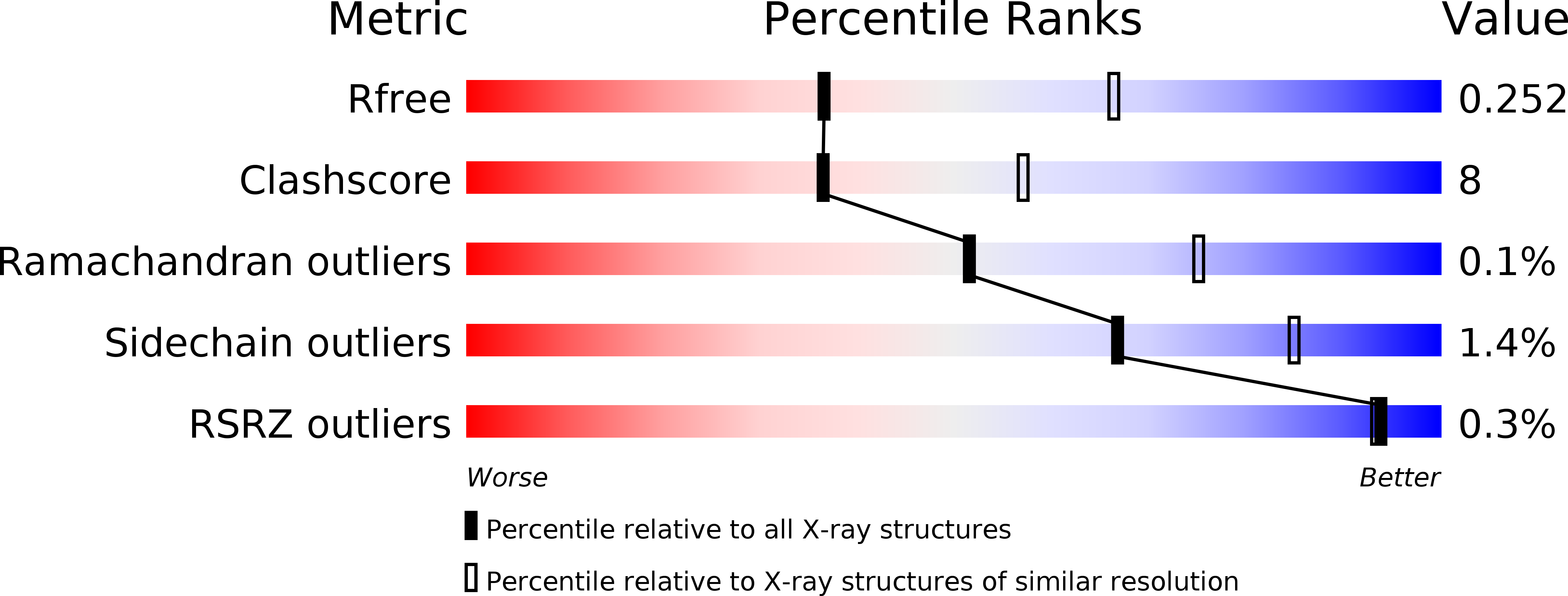
Deposition Date
2018-03-22
Release Date
2018-10-24
Last Version Date
2024-11-13
Entry Detail
PDB ID:
6CTC
Keywords:
Title:
Crystal structure of human transferrin bound to Triferic FPC iron pyrophosphate
Biological Source:
Source Organism:
Homo sapiens (Taxon ID: 9606)
Host Organism:
Method Details:
Experimental Method:
Resolution:
2.60 Å
R-Value Free:
0.25
R-Value Work:
0.18
R-Value Observed:
0.18
Space Group:
P 21 21 21


